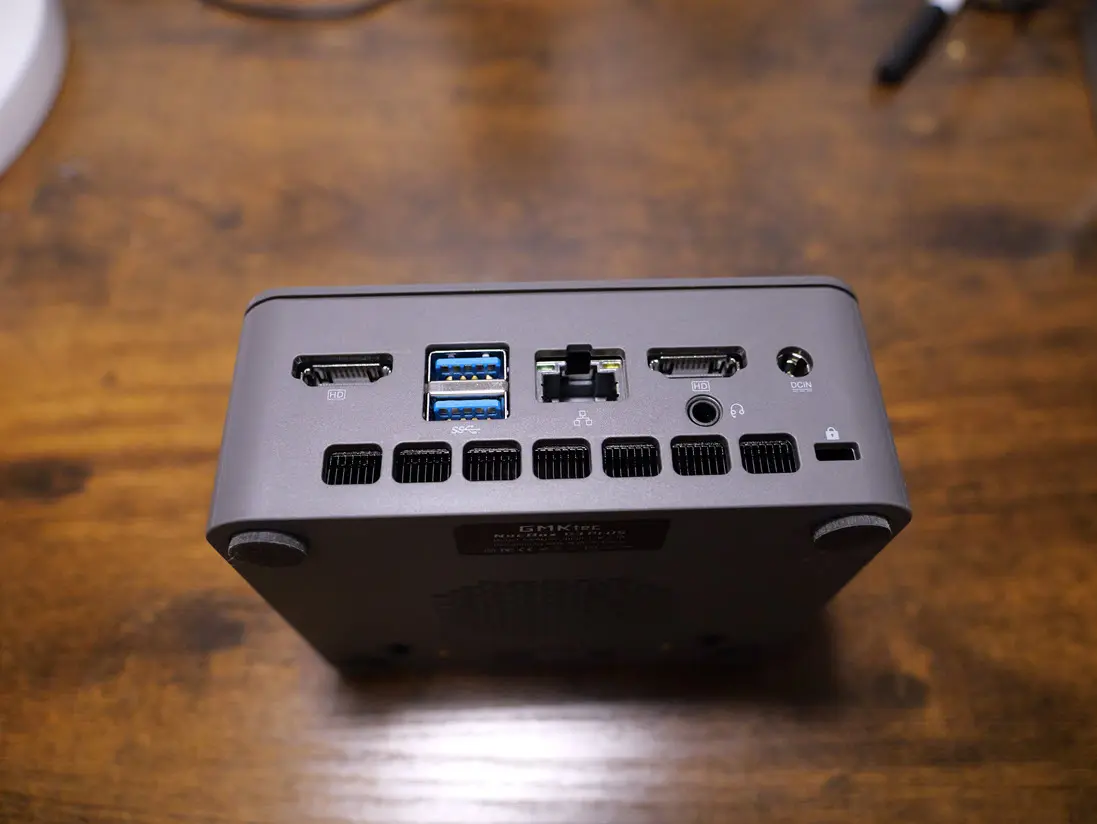Summary: Optimizing Docker for low-power mini PCs can significantly enhance performance and efficiency. This article explores essential tweaks and best practices that can be implemented to ensure smoother operations. Utilizing lightweight images, adopting multi-stage builds, and reducing logging overhead are just a few of the strategies discussed to maximize Docker’s potential in home lab environments.
Why Low-Power Hardware Needs Tweaks
Low-power hardware, featuring fewer cores, slower clock speeds, and limited memory, naturally slows down applications. Furthermore, many mini servers utilize slower storage options. While Docker inherently consumes fewer resources than traditional virtual machines, it still requires adequate resources for container management, orchestration, and logging. To boost performance, especially on low-power devices, specific adjustments are essential.

Optimizing your Docker environment becomes crucial as the default settings cater to standard servers, which might not apply effectively to compact home servers. Tweaking your settings can make a significant impact.
Use Alpine and Distroless Base Images for Your Containers
Choosing the right base image when constructing Docker images can greatly influence speed and resource consumption. Opt for Alpine Linux as your base image. Alpine images are approximately 5MB, contrasting against the 100MB+ sizes typical of Ubuntu or Debian images. With their quick boot times and minimal disk space requirements, Alpine images significantly reduce startup durations.

FROM alpine:latest
RUN apk add --no-cache curlGoogle’s distroless images further streamline your builds by containing only your app and its runtime, minimizing vulnerabilities and reducing resource usage.
Build Multi-Stage Dockerfiles
Utilizing multi-stage builds allows for efficient compilation and packaging of large applications. Only the necessary binaries are integrated into the final Docker image, leading to reduced sizes and quicker build times.
# Stage 1: Build
FROM golang:1.21 AS builder
WORKDIR /app
COPY . .
RUN go build -o myapp
# Stage 2: Run
FROM alpine:latest
COPY --from=builder /app/myapp /usr/local/bin/myapp
ENTRYPOINT ["myapp"]Use Bind Mounts Instead of Volumes (When Practical)
Docker volumes, while useful, can incur a performance overhead, especially on low-end storage systems. For containers such as databases requiring swift file access, consider using bind mounts that directly access host files, minimizing slowdowns.
docker run -v /host/data:/container/dataReduce Logging Overhead
Docker’s default logging settings may lead to performance degradation on constrained systems. To mitigate this, either limit logging or disable it where unnecessary:
docker run --log-driver=noneTrim Unused Docker Images and Containers
Regularly pruning unused images and containers can free up disk space and enhance performance. Run the command below to eliminate non-essential items:
docker system prune -a -fUse Docker Slim or Image Minifiers
DockerSlim is an effective tool that condenses your images, resulting in quicker deployments and reduced resource consumption.
docker-slim build myimageOffload Workloads to a Remote Build Host or CI/CD
Image builds can be taxing for low-power systems. Offloading these tasks to more powerful environments, such as GitHub Actions or Docker Buildx, can expedite the process.
Use Lightweight Orchestration (or None If Not Needed)
For small setups, Docker Compose is a lightweight alternative, better suited than Kubernetes or Docker Swarm for simple applications.
Frequently Asked Questions
- What is self-hosting?
Self-hosting refers to running your own server environment, typically using low-power devices or mini PCs, for various applications. - How can I enhance Docker performance on a low-power server?
Utilize lightweight base images, apply multi-stage builds, and consider bind mounts for performance improvement. - Is it necessary to limit resource usage for containers?
Yes, limiting CPU and memory usage prevents any single container from monopolizing system resources, enhancing overall performance.
Wrapping Up
Optimizing Docker on low-power hardware enhances its usability and efficiency in home labs. Implementing these strategies will ensure smoother operations, making it a viable solution for mini PC environments, edge devices, and more.


